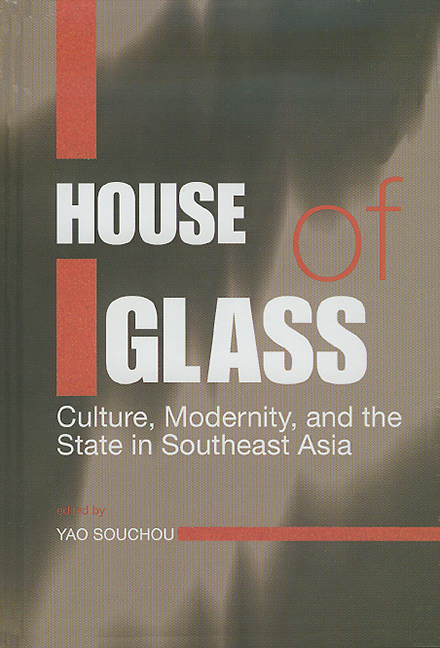Book contents
- Frontmatter
- Contents
- Preface
- Contributors
- Introduction
- Part One Local desire and global anxieties
- 1 Desperately guarding borders: media globalization, “cultural imperialism” and the rise of “Asia”
- 2 Modernity and Mahathir's rage: theorizing state discourse of mass media in Southeast Asia
- 3 Representing state desire and the sins of transgression
- 4 McNationalism in Singapore
- Part Two Identity, the state, and post-modernity
- Part Three State power, development, and the spectre of nation-building
- Part Four
- Index
4 - McNationalism in Singapore
from Part One - Local desire and global anxieties
Published online by Cambridge University Press: 21 October 2015
- Frontmatter
- Contents
- Preface
- Contributors
- Introduction
- Part One Local desire and global anxieties
- 1 Desperately guarding borders: media globalization, “cultural imperialism” and the rise of “Asia”
- 2 Modernity and Mahathir's rage: theorizing state discourse of mass media in Southeast Asia
- 3 Representing state desire and the sins of transgression
- 4 McNationalism in Singapore
- Part Two Identity, the state, and post-modernity
- Part Three State power, development, and the spectre of nation-building
- Part Four
- Index
Summary
Ideology is not a dreamlike illusion that we build to escape insupportable reality; in its basic dimension it is a fantasy-construction which serves as a support for our “reality” itself … (Slavoj Zizek, The Sublime Object of Ideology)
The camera loves Manhattan. Each gaze is an immediate infatuation — with the skyscrapers and their great shadows, with the way Central Park in June carves a giant green rectangle out of grey concrete, with the bricks of old brownstones, the bright big city lights. From chic uptown Madison Avenue to the dirty surrealism of the Lower East Side, from a Wall Street frenzy to a 42nd Street hustle, the camera has raced to catch every detail: to climb up to the Chrysler Building gargoyles, to recognize a famous face in the crowd, or to pity a homeless person sleeping in a sidewalk bed of newspapers and cardboard.
The first time I saw New York — not counting the time when I lived there as a toddler — I was overwhelmed like most everyone else is when he is in the presence of something so big. But my sense of awe had as much to do with having grown up in Manila on a diet of images from America. America was the “Other” for me, the central object of my imagination, fascination, and desire. That autumn day in 1981, as I wandered around Manhattan, things would seem familiar, although I had never actually seen them or could not possibly have remembered them from when my mother pushed me around in a stroller. The explanation for this déjà vu is that I must have seen the thing in question or something similar on television, in a movie or a picture. Even now when I visit the city, I have no grasp of the thing itself; everything is always mediated by a mythology of images. That, however, has not made me any less enchanted with the place.
- Type
- Chapter
- Information
- House of GlassCulture, Modernity, and the State in Southeast Asia, pp. 95 - 116Publisher: ISEAS–Yusof Ishak InstitutePrint publication year: 2001



